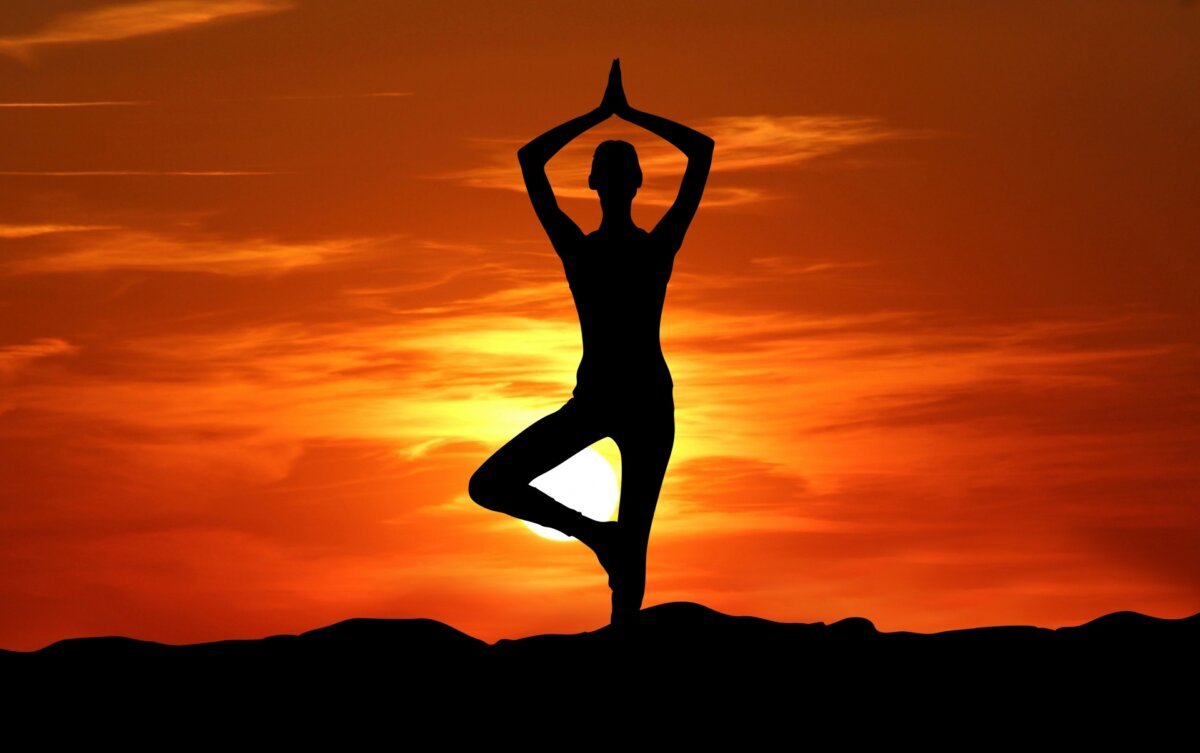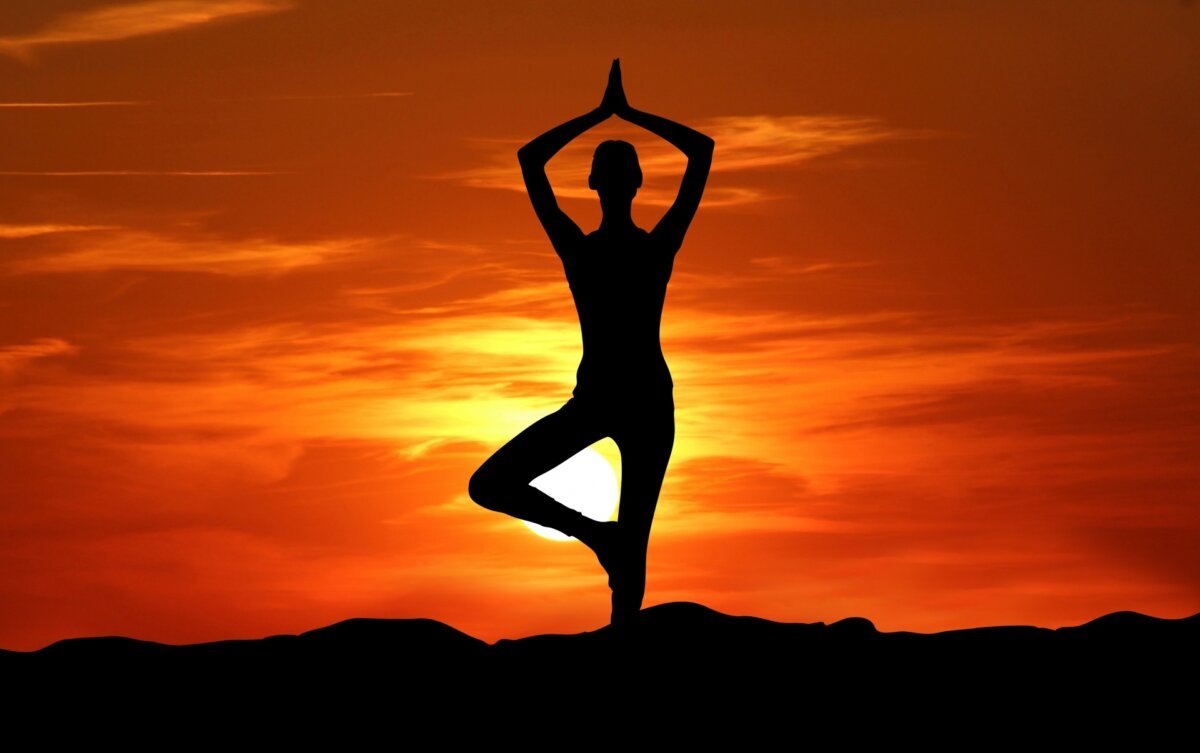Meditation for Anxiety: Proven Ways to Calm Your Mind delves into a powerful and accessible tool for managing the often-debilitating effects of anxiety. This exploration goes beyond simply defining anxiety, offering a comprehensive understanding of its impact on daily life, work, and relationships. We will journey through the science behind meditation, uncovering how it works at a neurological level to foster a sense of calm and well-being.
Exploring “Meditation for Anxiety: Proven Ways to Calm Your Mind” highlights effective techniques to manage stress. This complements the pursuit of self-acceptance, a path beautifully detailed in “My Journey to Self-Love One Breath at a Time,” My Journey to Self-Love One Breath at a Time , which underscores the power of mindful practice. Ultimately, integrating these practices can significantly improve your approach to meditation for anxiety.
This guide provides practical techniques, from mindfulness and loving-kindness practices to step-by-step instructions for beginners, ensuring that anyone can incorporate meditation into their daily routine. You’ll discover how to create a personalized meditation plan, address common challenges, and find additional support to cultivate a lasting sense of peace and resilience.
Meditation for Anxiety: Proven Ways to Calm Your Mind
Anxiety can significantly impact daily life, affecting your mental and physical well-being. This article explores meditation as a powerful tool for managing anxiety, providing practical techniques and insights to help you find calm and reduce stress. It delves into the science behind meditation, offers step-by-step guidance, and provides strategies for incorporating these practices into your daily routine.
Understanding Anxiety and Its Impact

Source: publicdomainpictures.net
Exploring “Meditation for Anxiety: Proven Ways to Calm Your Mind” reveals effective techniques for managing stress. Similarly, the experience of finding inner peace can be quite profound, mirroring the insights shared in ” My Journey with Water: Finding Stillness in the Flow ,” where stillness is discovered amidst the flow. Ultimately, both avenues converge on the shared goal of cultivating mental tranquility, making meditation a valuable practice for overall well-being.
Anxiety, unlike normal stress, is characterized by excessive worry, fear, and unease that persists even in the absence of an immediate threat. It’s a persistent state of heightened alertness and anticipation of negative outcomes.
Common physical symptoms include:
- Increased heart rate
- Sweating
- Trembling
- Muscle tension
- Digestive issues
Psychological symptoms can manifest as:
- Excessive worry
- Difficulty concentrating
- Irritability
- Restlessness
- Fear of losing control
Anxiety disorders are prevalent, affecting millions worldwide. They commonly impact individuals of all ages, genders, and backgrounds, with women often experiencing them more frequently than men. Anxiety can severely impact daily life, affecting work performance, relationships, and overall quality of life. It can lead to social withdrawal, difficulty making decisions, and a constant feeling of being overwhelmed.
The Science Behind Meditation and Its Benefits, Meditation for Anxiety: Proven Ways to Calm Your Mind
Meditation influences the brain at a neurological level, promoting relaxation and reducing anxiety. Regular practice alters brainwave patterns, shifting from the active beta waves associated with stress to slower alpha and theta waves linked to relaxation and calmness.
Various meditation practices exist:
- Mindfulness meditation: Focuses on present-moment awareness.
- Loving-kindness meditation: Cultivates feelings of compassion and kindness.
- Transcendental meditation: Involves using a mantra to quiet the mind.
- Body scan meditation: Brings awareness to different parts of the body.
Meditation reduces the production of stress hormones like cortisol. Studies show that consistent meditation can lower blood pressure, improve sleep quality, and enhance emotional regulation, all of which contribute to anxiety reduction. Research from institutions such as Johns Hopkins University supports the effectiveness of meditation for anxiety, showing significant reductions in anxiety symptoms among regular practitioners.
Proven Meditation Techniques for Anxiety Relief
Mindfulness meditation begins with finding a comfortable posture, either sitting or lying down. Focus on the breath, noticing the sensation of each inhale and exhale. When thoughts arise, acknowledge them without judgment and gently redirect your attention back to your breath.
A guided body scan meditation involves systematically bringing awareness to different parts of your body, starting with the toes and moving upwards. As you focus on each area, consciously release any tension you may find.
A breathing exercise involves inhaling deeply through the nose, holding the breath for a few seconds, and exhaling slowly through the mouth. This activates the parasympathetic nervous system, promoting relaxation.
Loving-kindness meditation involves directing feelings of love and compassion towards yourself and others. Start by focusing on yourself, then extend these feelings to loved ones, neutral individuals, difficult people, and finally, all beings. This practice helps to reduce negative thoughts and cultivate self-compassion.
Step-by-Step Meditation Procedures for Beginners
Creating a meditation space involves selecting a quiet, comfortable area free from distractions. You may choose to use a cushion or chair for sitting.
Establishing a daily meditation schedule can start with short sessions, such as 5-10 minutes per day. Consistency is key, so choose a time that works best for you, whether it’s in the morning, during a lunch break, or before bed.
Distractions are inevitable during meditation. When your mind wanders, gently acknowledge the thought or sensation and redirect your focus back to your chosen anchor, such as your breath or a mantra.
Common challenges for beginners include restlessness and racing thoughts. If you find yourself struggling, try shortening your meditation time, practicing in a quieter environment, or using guided meditations. Remember that it’s okay if your mind wanders; the goal is to practice returning to the present moment.
Incorporating Meditation into Daily Life
Integrating meditation into a busy schedule involves finding small pockets of time throughout the day. This could be a few minutes during your commute, while waiting in line, or during a break at work.
In stressful situations, use meditation techniques such as deep breathing exercises or a quick body scan to calm your nervous system. Take a few moments to focus on your breath and release tension in your body.
Quick meditation practices can be done anywhere. These include focusing on your breath for a few minutes, practicing a short body scan, or repeating a calming mantra.
Building a sustainable meditation routine requires setting realistic goals and being patient with yourself. Start slowly and gradually increase the duration and frequency of your practice. Make meditation a non-negotiable part of your day.
Additional Support and Resources
Numerous reputable websites and apps offer guided meditations. These include:
- Headspace
- Calm
- Insight Timer
- UCLA Mindful Awareness Research Center
Support groups and therapists specializing in anxiety can provide additional guidance and support. Consider seeking professional help if your anxiety is significantly impacting your life.
Diet, exercise, and sleep play a crucial role in managing anxiety. A balanced diet, regular physical activity, and sufficient sleep can significantly improve your overall well-being and reduce anxiety symptoms.
Finding a qualified meditation teacher or instructor involves researching their credentials and experience. Look for teachers with certifications from reputable organizations and consider attending a workshop or introductory class to see if their teaching style resonates with you.
Creating a Personalized Meditation Plan
Tracking meditation sessions and progress can be done using a journal or app. Note the duration, time of day, and any challenges or insights you experience during your practice.
Adjusting meditation practices based on individual needs involves experimenting with different techniques and durations to find what works best for you. If you find a particular practice challenging, try modifying it or switching to a different one.
Combining meditation with other relaxation techniques can enhance its effectiveness. Consider incorporating yoga, tai chi, or progressive muscle relaxation into your routine.
Evaluating the effectiveness of your meditation practice involves assessing your anxiety levels, stress levels, and overall well-being. Notice any changes in your mood, sleep quality, and ability to cope with stressful situations.
Visualizing Calm: Creating an Image
Imagine yourself standing on a secluded beach at sunset. The sky is ablaze with hues of orange, pink, and purple, reflecting on the gently lapping waves. The air is warm and carries the scent of salt and sea. Soft, white sand cushions your feet. The sound of the waves creates a rhythmic, soothing melody.
Colors: Warm oranges, pinks, and purples dominate the sky, while the sand is a soft white. The water reflects these colors, creating a sense of harmony.
Sounds: The gentle lapping of waves, the distant cry of seagulls, and the soft breeze rustling through nearby palm trees.
Sensations: The warmth of the sun on your skin, the feel of soft sand beneath your feet, and the gentle sea breeze.
During an anxiety attack, use this scene to calm your mind by focusing on the details. Visualize the colors, sounds, and sensations. Breathe deeply and allow yourself to be transported to this peaceful place.
Picture a serene landscape bathed in the soft glow of the setting sun. Gentle waves lap against the shore, the air filled with the scent of salt and sea. The colors of the sky blend seamlessly with the water, creating a sense of tranquility. Close your eyes, breathe deeply, and allow yourself to be enveloped by this calming scene.
Comparing Meditation Techniques
Mindfulness meditation focuses on present-moment awareness, while transcendental meditation uses a mantra to quiet the mind. Guided meditation involves following the instructions of a teacher or recording, while self-guided meditation relies on your own practice.
Here’s a table comparing three different meditation styles:
| Meditation Style | Primary Focus | Time Commitment | Benefits |
|---|---|---|---|
| Mindfulness | Present moment awareness | 5-30 minutes | Reduces stress, improves focus, enhances self-awareness |
| Loving-Kindness | Cultivating compassion | 10-20 minutes | Increases empathy, reduces negative emotions, promotes self-compassion |
| Body Scan | Bringing awareness to the body | 10-30 minutes | Relieves tension, improves body awareness, promotes relaxation |
Common Mistakes and How to Avoid Them
Common mistakes when starting to meditate include:
- Having unrealistic expectations
- Trying too hard
- Giving up too quickly
- Not being consistent
Manage expectations by understanding that the benefits of meditation unfold over time. Don’t expect immediate results. Focus on the process and the practice itself, rather than fixating on outcomes.
Avoid frustration by being patient with yourself. When your mind wanders, gently redirect your focus back to your chosen anchor.
Maintain consistency by setting a regular schedule and sticking to it as much as possible. Even short, daily sessions are more effective than infrequent, longer ones. Stay motivated by tracking your progress and celebrating small victories.
